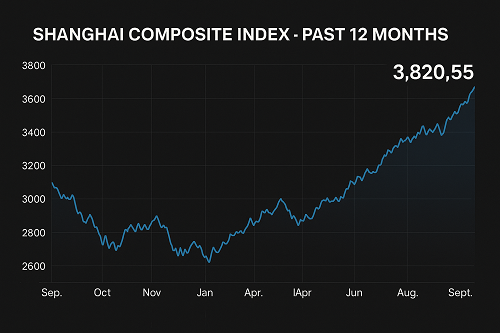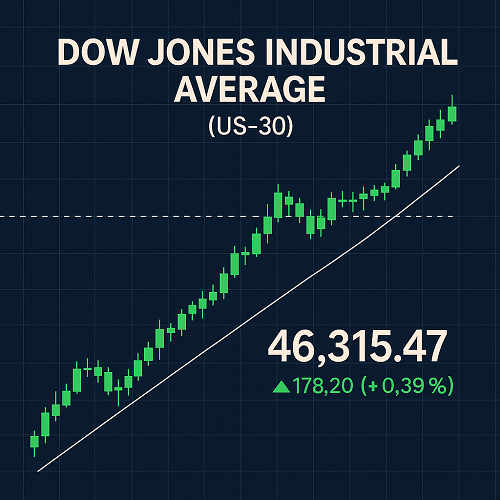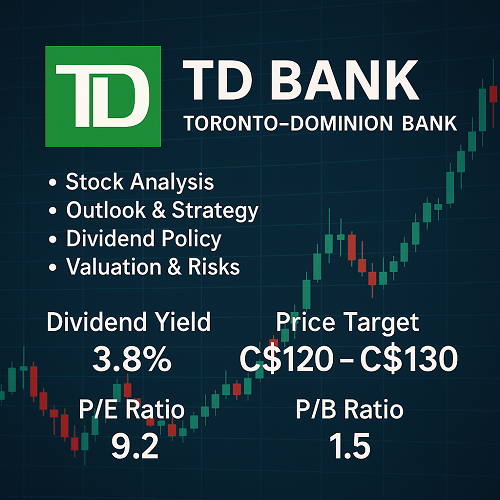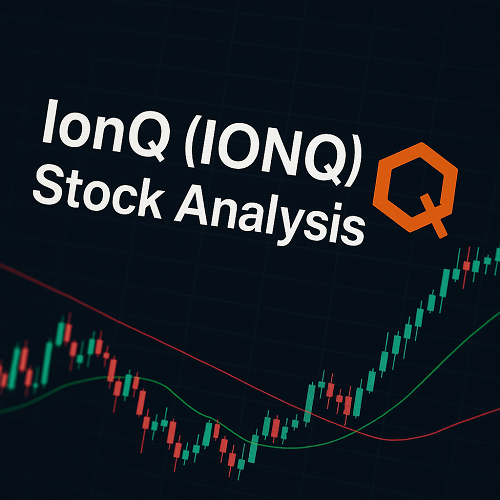China’s stock market is one of the largest and most dynamic in the world, combining state influence, investor speculation, rapid sectoral shifts, and evolving regulation. Its major exchanges include:
- Shanghai Stock Exchange (SSE) – larger cap, more state-oriented companies; considered more “mainland A-shares.”
- Shenzhen Stock Exchange (SZSE) – higher representation of smaller, growth & tech-oriented firms.
- China Securities Regulatory Commission (CSRC) – the primary regulator, with considerable power to shape market behaviour via rules, approvals, etc.
Some unique features:
- Dual share classes (A-shares, B-shares, H-shares, etc.), affecting foreign access.
- Strong presence of retail investors.
- Periodic intervention by the government (monetary, regulatory, or via state-owned enterprises).
- Sectoral focus: tech/AI, manufacturing, consumer goods, property, financials.
Key Indices: What to Watch
To track overall market and sector health, investors often monitor:
| Index | What It Measures / Where It Trades | Key Uses |
|---|---|---|
| Shanghai Composite Index (SSE Composite) | All stocks on the Shanghai Stock Exchange. It’s often the go-to “China index” for general sentiment. | |
| CSI 300 Index | Top 300 large-to-midcap A-shares across Shanghai & Shenzhen. More representative of “blue-chip” China exposure. | |
| Shanghai 50 / SSE 50 | The 50 largest companies in SSE; more stable, more established firms. | |
| Other sector or thematic indices (Tech, Consumer, AI, etc.) play increasing roles, especially in capital flows & sentiment. |
Recent Performance & Trends
Current Values & Recent Returns
- As of September 19, 2025, the Shanghai Composite Index was ~3,820 points, slightly down ~0.3% on the session.
- Over the last month, it rose around +1.4%, and over the past year it’s up ~39.6% (CFD-tracked version).
- Forecasts for coming quarters are more conservative: projections suggest mild declines or sideway drift (see Forecast section).
Key Trends
- Strong Year-to-Date Rally: China’s major stocks have seen significant gains. Retooling from property sectors, government stimulus, and investor reallocation from weak areas into growth / tech sectors have helped.
- Narrow Breadth: Although indices are up broadly, much of the return has come from a subset of sectors (technology, AI, semiconductors), whereas others (real estate, traditional manufacturing) are lagging.
- Retail & Institutional Engagement: More domestic institutions (mutual funds, insurers) increasing equity allocations; also, many retail investors moving cash from low-yield deposits / real estate into equities.
- Policy & Stimulus Cycles: Markets are sensitive to government announcements, regulatory changes, and macro policy adjustments (interest rates, liquidity injections).
Macroeconomic & Policy Drivers
To understand China’s stock market trajectory, these are the key underlying forces:
Economic Growth & GDP
- China is targeting ~5% annual GDP growth, though growth momentum appears to be slowing.
- Leading indicators (PMI, retail sales, industrial output) show mixed signals: some expansion, but weak consumer spending & real estate distress dragging.
Inflation, Interest Rates & Monetary Policy
- Inflation presently is low, including deflationary pressures in some sectors.
- The People’s Bank of China (PBOC) tends to maintain accommodative liquidity when needed, but also pressures from foreign exchange and capital flight concerns.
Regulation & Structural Reform
- Crackdowns / oversight in sectors like tech, data, and real estate have been a persistent theme.
- Government efforts to shift China’s economy from investment-/export-led to consumption- and innovation-led.
- Reforms to capital markets (e.g. more foreign access, better disclosure) are being rolled out, though with caution.
External Environment & Geopolitics
- Trade tensions with the U.S. and other major economies continue to influence investor sentiment and export sectors.
- Currency movements (USD/CNY exchange rate), global interest rates, and supply chain disruptions (e.g. in semiconductors) are relevant risk factors.
Risks & Headwinds
Even with strong gains, there are a number of risks that could weigh on China’s stock markets:
| Risk | Description |
|---|---|
| Real Estate Sector Weakness | Continued property price declines, debt overhang, defaults of property developers. This affects financial systems, consumer confidence, and investment flows. |
| Deflation & Weak Consumer Demand | Low or negative inflation in some categories, weak retail sales, high household savings rates implying low consumption. |
| Regulatory / Policy Uncertainty | Sudden regulatory moves can upend sectors; opaque rule-making or “surprise” policy shifts pose risks. |
| Valuation Overextension | Some tech/AI-oriented names are trading at high valuations, raising concerns about speculative bubbles. |
| External Pressures | U.S. interest rate cycles, global economic slowdowns, trade restrictions, and geopolitical tensions. Also pressure on RMB, capital outflows. |
| Liquidity & Financial Stability Risks | Margin debt spikes, local government debt risks, shadow banking, corporate leverage. |
Forecasts & Scenarios (2025–2026)
Here are forecast estimates, based on macro models, expert analyst projections, and current market signals:
| Timeframe | Base Case | Bull Case | Bear Case |
|---|---|---|---|
| Q4 2025 | Slightly below current index levels; modest gains in tech, flat to negative in real estate and industrials; Shanghai Composite ~3,770-3,850. | Stronger policy stimulus (fiscal and monetary), trade détente, robust tech sector earnings → continued rise, possibly +5-10% from now. | Further economic slowdown, consumer demand disappoints, global headwinds → decline of ~5-10%. |
| Full Year 2026 | Moderate growth: ~5%‐8% total return for broad indices, led by infrastructure, green energy, tech; valuations compress somewhat. | Upside: innovation sectors outperform; foreign capital in; consumption rebounds; strong returns of +15-20%. | Downside: regulatory overreach, credit crisis in property, global recession spillover → negative returns, potential 10-15% drawdown. |
Forecasts from sources such as TradingEconomics: Q4 paths show small gradual decreases in index levels, inflation edging up, modest interest rate adjustments.
Implications for Investors
If you are investing (or considering investing) in Chinese equities, here are tactical takeaways:
- Diversify across sectors: Don’t overweight just tech; include consumer staples, financials, innovation, healthcare.
- Consider valuation discipline: Be cautious of high P/E or speculative valuations. Look for quality earnings, strong governance.
- Monitor policy indicators: Changes in regulation, credit policies, foreign investment quotas, etc., often presage market shifts.
- Currency exposure: FX risk can eat into returns if RMB weakens; hedging may be considered.
- Be prepared for volatility: China markets often move fast on news. Use stop-losses, position sizing.
- Long horizon helps: For many investors, a multi-year view (2-5 years) helps ride out cyclical dips or regulatory cycles.
Frequently Asked Questions (FAQs)
Q1: What is the difference between A-shares and H-shares?
A1: A-shares are shares of mainland China-incorporated companies traded on Shanghai or Shenzhen, usually denominated in CNY. H-shares are Chinese companies listed in Hong Kong, denominated in HKD. Foreign investors have historically had more access to H-shares, but access to A-shares has been expanding.
Q2: How open is the China stock market to foreign investors?
A2: Increasingly open. Programs like Stock Connect, QFII (Qualified Foreign Institutional Investor) and others have gradually lowered barriers. But there are still restrictions (capital controls, sectoral restrictions, regulatory oversight).
Q3: Are Chinese stocks overvalued now?
A3: Some sectors (particularly high-growth tech / AI) show high valuations. But many traditional sectors remain attractively valued. Relative valuation metrics (P/E, P/B) vs emerging market peers suggest opportunity, albeit with risk.
Q4: What role does government stimulus play?
A4: A large one. Stimulus via fiscal spending, easing credit, encouraging stock purchases by state or quasi-state entities, adjusting regulatory stance are common. However, timing and transparency can be uncertain.
Q5: How does China’s economic slowdown affect the market?
A5: Slower GDP growth, weak consumer spending, declining property sector all dampen earnings, reduce investor sentiment & capital flows. But pockets of growth (tech, clean energy, domestic innovation) may buffer the downside.
Data & Sources
- TradingEconomics: Index levels, forecasts, macroeconomic indicators.
- CSI Index and methodology information.
- Regulatory & exchange details.
- Academic studies on volatility & predictability.
Conclusion
China’s stock market is at a pivotal moment. The upside remains large—especially in sectors aligned with government priorities (AI, renewable energy, innovation)—but it comes with heightened risk. For investors, rigorous selection, awareness of policy risk, and a diversified approach are essential. Those who can anticipate inflection points—policy shifts, foreign access expansions, macro stabilisation—stand to gain substantially.





 XAUT-USD
XAUT-USD  AMD
AMD  MARA
MARA  SHOP
SHOP  BULL
BULL  CL=F
CL=F